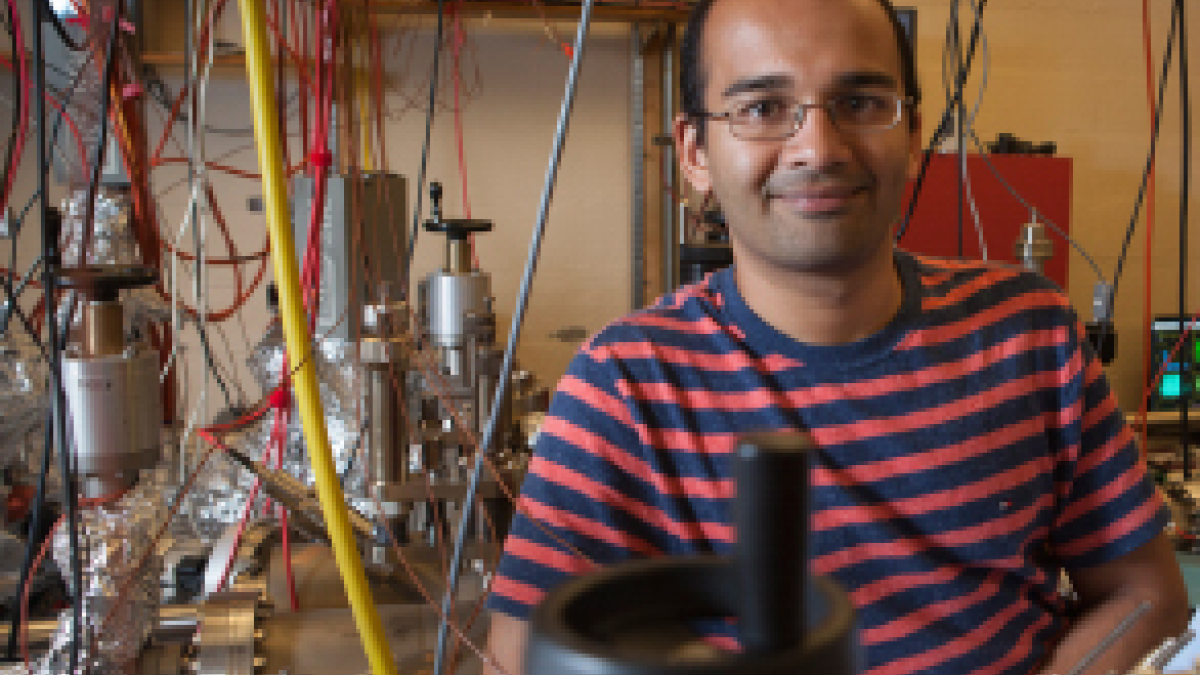Climbing great heights: A conversation with new ASU physics Professor Siddharth Karkare

Assistant Professor Siddharth Karkare.
Siddarth Karkare is used to climbing great heights.
An avid mountain climber, Karkare has climbed many of the world’s peaks. His star achievement was hiking Aconcagua in Argentina — the highest mountain in both the Southern and Western Hemispheres at an incredible 22,841 feet in elevation. The difficulty of the peak is evident in the numbers: The hike took 11 days up the mountain and only four to come back down.
However, in his academic career, Karkare’s focus is on materials infinitely smaller than South American peaks. He studies electron beams, specifically focusing on the ability to extract the maximum number of electrons from materials to enhance electron beam brightness, a property that has implications on several technologies — including X-ray lasers, electron microscopes and particle colliders — making them faster, smaller, more accurate and more powerful.
Karkare will continue his work at Arizona State University as an assistant professor in the Department of Physics.
After receiving his bachelor’s degree in engineering from the Indian Institute of Technology in Kharagpur, India, Karkare went on to complete his PhD in physics at Cornell University, studying mainly under the advisement of Professor Ivan Bazarov. He then did a postdoc at Lawrence Berkeley National Lab from 2015-18 with Howard Padmore, where he continued his research and further developed his interest in accelerator physics — particularly as it combines with nanoscience.
After completing his postdoctoral work, Karkare was excited to come to ASU, where he could study with others working within his field of study and was impressed by the expertise of the faculty and the opportunity or collaboration. Working with other faculty who are studying very different fields could yield great results in his research.
Collaboration plays a big part in Karkare’s worldview. He currently serves as the theme coordinator of the Beam Production Research Theme at the National Science Foundation’s Science and Technology Center for Bright Beams. Centers like these bring experts from varied fields and universities from all around the country to share their discoveries and work toward new ones. Because the study of physics frequently centers on such highly specified areas and materials, some researchers can spend 15-20 years on the study of one facet of the discipline. However, often the research and discoveries of one scientist have far-lasting implications to the work of another, and an open and collaborative approach — not to mention the technology to make it possible — has the potential to advance technological discoveries at a much faster rate.